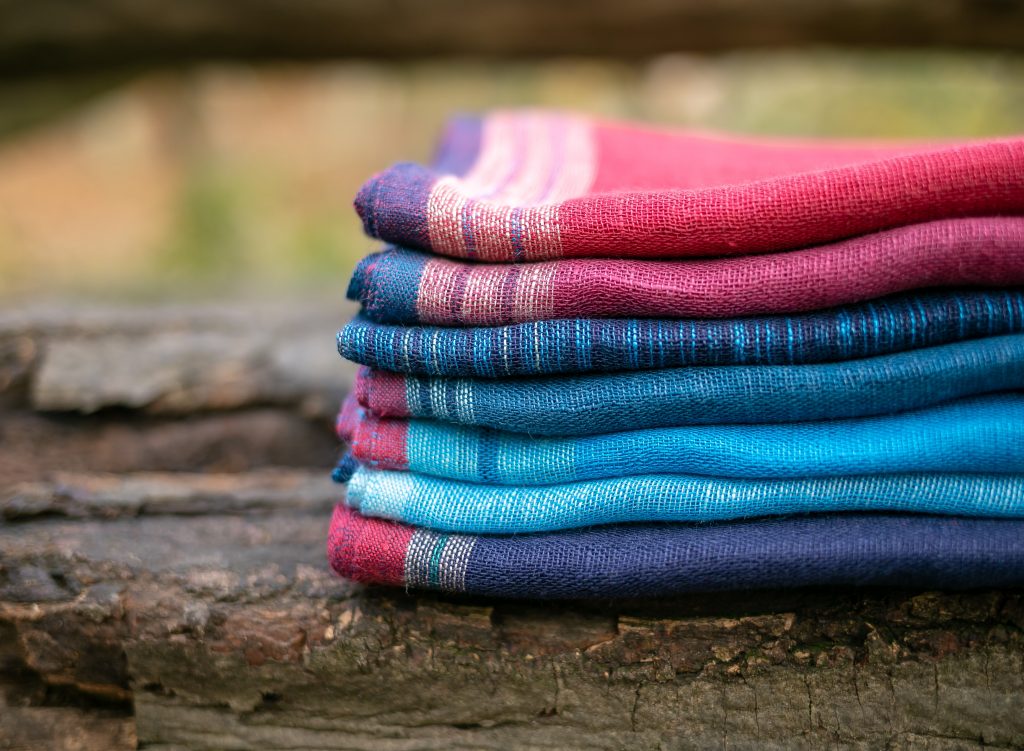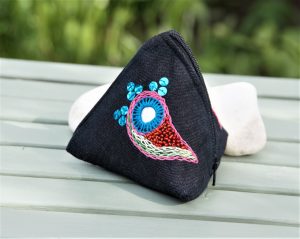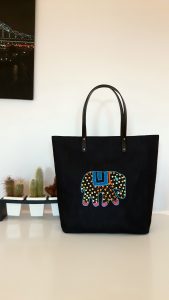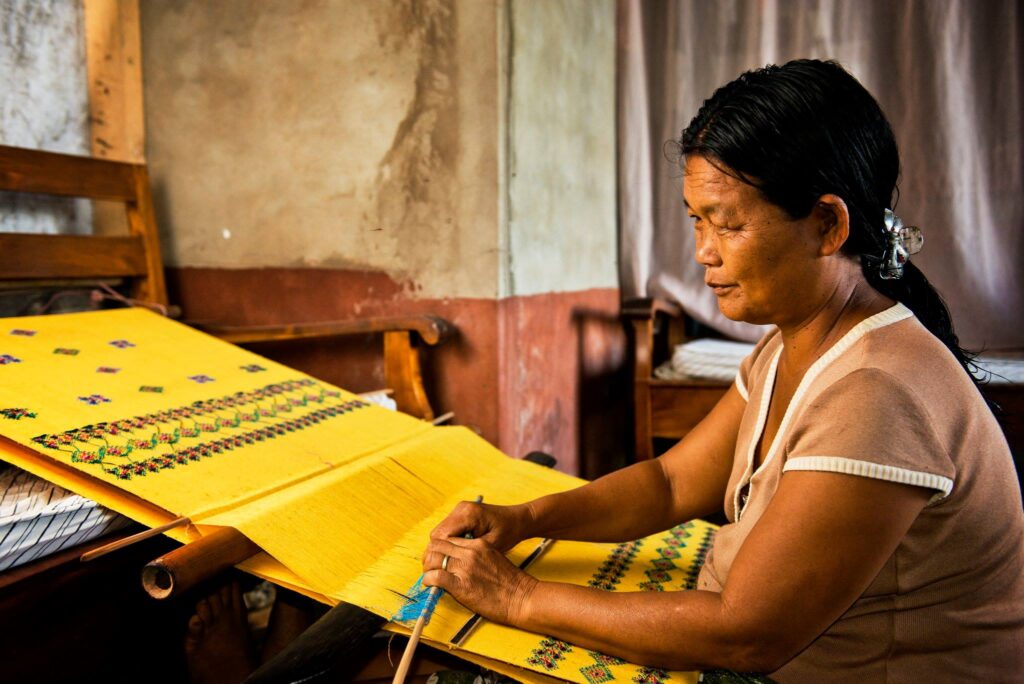Is Linen good for scarves ?
What is Linen and how is it different from other fabrics?
Linen fabric is made from the fibres of a flax plant and has been around for thousands of years. Evidently, dyed flax fibres were discovered in a cave in South Eastern Europe, it is believed to date as far back as 30,000 years making it one of the oldest fabrics. Linen is one of the most versatile natural textiles. It is cool in summer and warm in winter, has high permeability to moisture, and can be dried quickly. It also drapes well, so linen fabric is often used for clothing items such as skirts, shirts and pants. Linen fabrics are usually made from two types of flax: hard or soft flax fibre. For example, if the fabric is made from hard-flax fibre then it would have a harder texture than a similar fabric made from soft-grain flax fibre.
A brief history of linen and its uses through the ages
Linen weaving has been around for centuries, with records of it being used in Egypt as early as thousands of years ago. It was used for mummification and burial shrouds, while also being worn by the general public as everyday clothing. It’s quite possible that linen textiles were being used for thousands of years before the ancient Egyptians adopted it, but this is not yet proven. The earliest known weaving dated to 9000 BC in the Shanidar Cave archaeological site. The Phoenicians are credited with the first convincing use of linen as a major textile material and introduced the technique of wet-spinning in about 1000 BC. In Ancient Greece, Linen was widely used by both men and women across all social classes as clothing and bedding, due to its breathability qualities.
Is Linen suitable for scarves?
Linen is one of the most popular fabrics for scarves. It looks elegant and timelessly stylish, which makes it an excellent choice for all kinds of occasions. Linen scarves are fashionable and useful, as they provide warmth and protection from the cold. They are also lightweight, making them perfect for chilly evenings or days when you don’t want to be weighed down by a heavy scarf. With its natural breathability, linen is also great for keeping you cool in hot weather. Whether you’re looking for something to wear on a special occasion or just an everyday accessory, linen scarves are sure to make a stylish statement.
The benefits of wearing Linen
Linen is an ideal fabric for all seasons – it helps keep you cool in summer and warm during chilly periods. It’s antibacterial, breathable, environmentally friendly, and has a long lifespan. It is a great fabric for the bedroom and dining room, as it repels dust and dirt. It also has a unique quality that keeps odor from spreading and is easy to clean. Linen’s warm, light feel makes it a classy choice for summer dresses and skirts. This fabric can also be used in all seasons for bedding, curtains or home décor items like pillows or throws
Sustainability of Linen
Linen is an environment-friendly fabric, as the flax plant used for making it requires less water compared to cotton. Furthermore, the flax plant can endure challenging environmental conditions and is a quick-growing crop. Linen fabric is a very strong and durable material, as well as environment-friendly when not chemically treated or artificially dyed. It can be safely biodegraded too.
Enfair Linen Scarves
Our beautiful scarves are made using Indian flax linen of the best quality. They are handwoven in a traditional handloom by our social enterprise partner located in the Himalayas foothills. By working with our weavers, they can ensure that their livelihoods remain sustainable and secure. The process of hand-weaving helps to maintain a strong sense of identity and culture for the weavers, allowing them to flourish as individuals and families.
How to care for your Linen clothing
Linen is highly durable and does not require any special care. It can be machine-washed or hand-washed using regular laundry detergent for easy maintenance.





